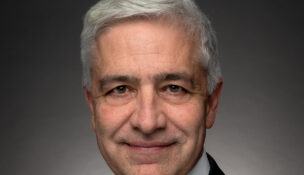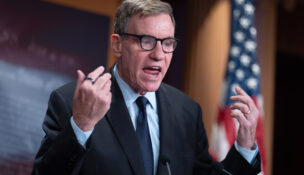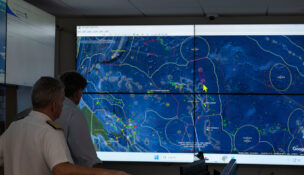Casino gaming could create 7,600+ jobs
Expanded gaming would also generate $367M in state taxes, according to JLARC study.
Sydney Lake //November 25, 2019//
Casino gaming could create 7,600+ jobs
Expanded gaming would also generate $367M in state taxes, according to JLARC study.
Sydney Lake //November 25, 2019//
Five proposed casinos, sports wagering and online casino gaming would directly create about 7,600 jobs and generate $367 million in net annual state tax revenue, according to projections released Monday by the Joint Legislative Audit and Review Commission.
However, the five casinos combined would bring in less tax revenue than the Virginia Lottery, which in fiscal 2018 produced $606 million in net revenue to support local public education. And the same JLARC report estimates that the casinos would reduce lottery proceeds by $30 million per year.
The JLARC review of expanded gaming in the commonwealth was the result of a bill passed in this year’s General Assembly that opened the door to legalizing casino gaming in Virginia. Introduced by Sen. L. Louise Lucas, D-Portsmouth, SB1126 called for JLARC to estimate the potential economic impacts of authorizing commercial casinos to be developed in Bristol, Danville, Norfolk, Portsmouth and Richmond.
Legislators will take JLARC’s findings into account as they vote on whether to allow the casinos and other expanded gaming options in the 2020 General Assembly session. Under the legislation, local referendums would need to be held on each of the five casinos, which couldn’t open before July 2020. (The report estimates that 2024 would be the first year of casino operations in Virginia.)
JLARC based the tax revenue figures on a 27% gaming tax rate, which it estimated would result in $432 million in gross state tax revenues, minus $65 million in state costs associated with administration, oversight and negative impacts from expanded gaming.
The five proposed casinos would yield a collective $262 million in annual gross tax revenues, while broad availability of sports wagering and online casino gaming in the commonwealth would add another $137 million to the state coffers, according to JLARC, which did not make a recommendation on whether Virginia should expand gaming.
Casino jobs would pay a median wage of $33,086, according to JLARC, with about 19% of the jobs comprised of managerial and supervisory positions paying more than $60,000.
The expected $30 million annual negative impact on the Virginia Lottery amounts to about 0.5% of state funding for public education, according to the JLARC review. Casinos would also reduce charitable gaming proceeds statewide by an estimated $3 million per year.
In addition to the five proposed casinos, JLARC staff and consultants estimated that authorizing a sixth casino in Northern Virginia casino would increase state gaming tax revenues by $155 million.
A Northern Virginia casino would add an additional 4,400 jobs and would attract $311 million in gaming revenues currently spent with out-of-state gaming venues, according to the JLARC review. (The Danville and Bristol casinos would be most reliant on out-of-state customers, with 32% of all gaming revenue projected to originate from outside Virginia.)
Each “resort-style” casino is expected to require a $200 million minimum capital investment and would supply at least 1,000 jobs, according to JLARC. In each locality, however, the median wage of casino jobs is projected to be lower than the regional median wage.
JLARC identified the Virginia Lottery as the only state agency currently equipped to handle oversight of casino gaming, but it would require an estimated $17 million per year in added administrative costs.
JLARC has recommended that the General Assembly consider using a competitive selection process when issuing casino licenses in order to lessen the risk of unsuccessful Virginia casinos. As a result, JLARC also recommended that the General Assembly may want to consider authorizing legislation that would allow an independent consultant or a committee to assess casino development proposals.
JLARC also said that problem gambling would be expected to increase with the advent of casinos. There are currently only two part-time state employees dedicated to mitigating the problem. According to JLARC, 1% to 2% of people develop gambling disorder.
g
















